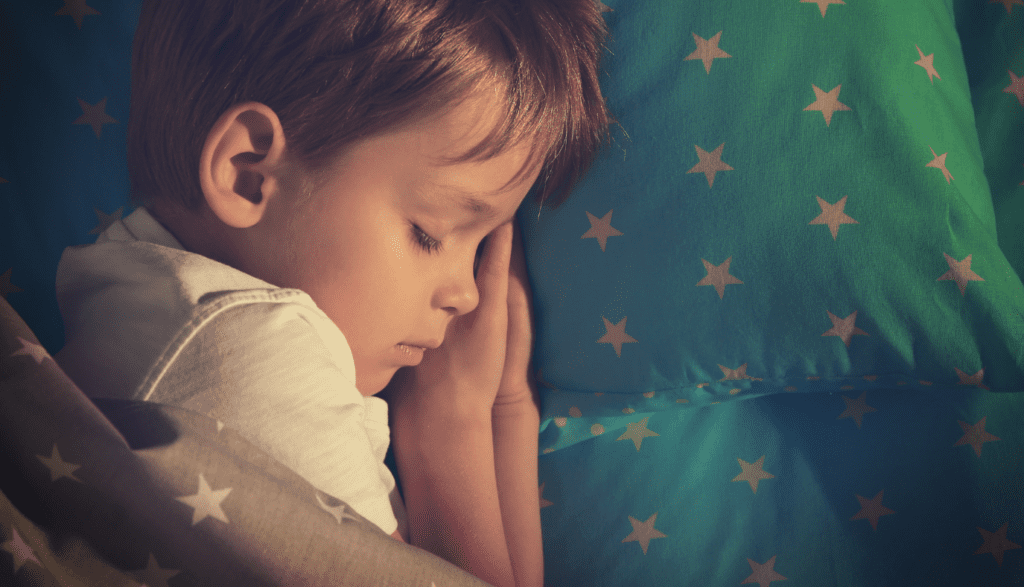Toddler Bedtime Routine: 5 Steps to Calm, Tear-Free Evenings
Struggling with bedtime battles and toddler stalling tactics? You’re not alone — and there’s a solution. A consistent, peaceful toddler bedtime routine can help your little one fall asleep faster, stay asleep longer, and reduce stress for the whole family.
👇 Quick Answer:
To create an effective toddler bedtime routine, start with consistency. Include calming steps like a warm bath, storytime, and cuddle time. Use visual cues like a bedtime chart or toddler sleep clock to reinforce expectations. Limit snacks, screen time, and stimulation before bed.
Heads up: This post may include affiliate links. As an Amazon Associate, I earn from qualifying purchases—at no extra cost to you. Full privacy policy and disclosure here.

Why Your Toddler’s Bedtime Routine Matters
A structured bedtime routine isn’t just about getting kids to sleep — it supports emotional security, healthy sleep cycles, and independence. Toddlers thrive on predictability, and a soothing sequence of events tells their brains it’s time to wind down.
Plus, it gives you your evenings back. 🙌
The Ideal Toddler Bedtime Routine (5-Step Framework)
Here’s a sample bedtime routine that’s easy to implement, adjust, and stick with:
1. Start with a Signal
Choose a clear cue that the routine is starting — like dimming lights or playing a calming song. This helps your toddler mentally shift from play to wind-down mode.
- Use a toddler sleep clock like this one on Amazon to show when it’s “bedtime mode.”
- Turn on a diffuser with calming lavender oil.
2. Bath Time (Or a Warm Washcloth Wipe Down)
A warm bath relaxes muscles and creates a clean, cozy feeling that signals “time for rest.”
If you’re short on time:
🧼 Try a 5-minute wipe-down with a warm washcloth and lavender-scented soap.
3. Pajamas, Potty, and Brush Teeth
Toddlers love routine — and repetition builds habits. Keep this step predictable:
- Pick pajamas together
- Use a visual routine chart (like this one)
- Make brushing teeth fun with a toddler toothbrush that lights up or sings
🦷 Need more motivation? Let them brush your teeth first!
4. Quiet Time Choices
Offer 2–3 calming activity options so they feel in control:
- Reading a short book
- Listening to a lullaby
- Rocking together or gentle stretching
🎧 Try calming bedtime stories via apps like Moshi or Calm.
5. Cuddles and Goodnight Ritual
Keep this part short and sweet:
- One hug
- One kiss
- One silly “I love you” phrase
- Leave with confidence — no sneaking out!
💤 Bonus tip: Use a bedtime affirmation card set to boost confidence and reduce separation anxiety.
Common Toddler Bedtime Routine Challenges
Even the best routines hit snags — here’s how to troubleshoot:
🚧 Toddler Stalling at Bedtime?
Read our full guide: Toddler Stalling Bedtime: Quick Solutions
Tips:
- Offer a “last call” snack and water
- Use a routine chart with checkboxes
- Limit choices (2 books, 1 nightlight, etc.)
🍪 Hungry Before Bed?
Try these healthy bedtime snacks for toddlers like:
- Banana with almond butter
- Small cup of warm milk
- Whole grain crackers
👶 Bedtime for Multiple Kids?
Here’s how to manage it: How To Create a Bedtime Routine for Multiple Kids
How Long Should a Toddler Bedtime Routine Be?
Aim for 20–30 minutes, with each step predictable and unrushed. If your toddler is especially wound up, you may need to start earlier to allow for extra calming time.
Tools to Support a Toddler Bedtime Routine
These products can help reinforce the routine visually and audibly:
🕒 Toddler Sleep Clocks
Helps toddlers learn when it’s time to stay in bed vs. when it’s okay to wake.
📋 Bedtime Routine Charts
Great for visual learners and toddlers who crave autonomy.
🛒 Amazon Routine Chart for Toddlers
🧸 Comfort Objects
A beloved stuffed animal or nightlight can make a big difference.
Sample Toddler Bedtime Routine Chart
Here’s a printable-style idea (create a downloadable opt-in if you’d like!):
- Turn on sleep clock light
- Take a bath
- Put on pajamas
- Go potty and brush teeth
- Pick 1 book and read together
- Cuddle and say goodnight
- Sleepy music plays for 15 minutes
📌 Want this chart? Let me know in the comments and I’ll send you a printable version!
FAQ: Toddler Bedtime Routine
What is the best time to start a toddler bedtime routine?
Begin the toddler bedtime routine about 30 minutes before your target bedtime. If your toddler needs more wind-down time, start earlier and avoid rushing.
How do I keep my toddler in bed?
Use a consistent routine, a toddler sleep clock, and calm but firm boundaries. If they leave bed, gently return them with minimal interaction.
Can bedtime routines help with toddler tantrums?
Yes! Predictable steps help toddlers feel secure, which reduces anxiety and tantrums. Start early and stick with it — consistency is key.
What should a 2-year-old’s bedtime routine include?
Bath, potty, pajamas, teeth brushing, calming activity (like reading), and a short cuddle are great staples. Keep the order consistent night after night.
Are bedtime routines really that important?
Absolutely. They support healthy sleep habits, emotional regulation, and parent-child bonding — all while giving you your evenings back.
Final Thoughts: Make Your Toddler Bedtime Routine Work for YOU
There’s no one-size-fits-all toddler bedtime routine — but structure, consistency, and love are universal ingredients. Keep it simple, keep it calm, and keep showing up.
📌 Save this post for later on Pinterest!
💬 Let me know below:
What does your bedtime routine look like right now? Do you use a chart, timer, or favorite book?
